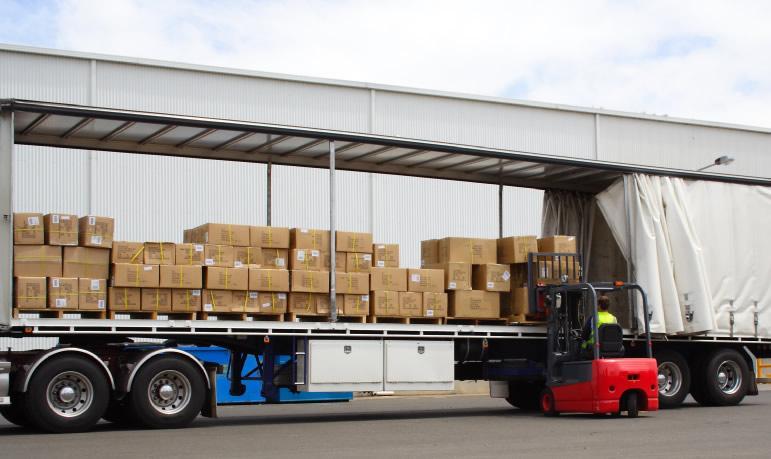The DVSA (Driver & Vehicle Standards Agency, formerly VOSA) have updated their Guidance on Load Securing.
The guide provides hauliers and operators with useful information on how the DVSA and other regulators expect loads to be secured while in transit.
Key points on what load restraints should be used from the guide are:
- Curtain Side Vehicles – Items or pallets under 400kg can be secured with Curtain Side Load/Cargo Straps. Anything over 400kg must be secured with either Ratchet Straps to the bed of the trailer/vehicle or with load rated nets. Whatever method you use, it must be able to restrain half the weight of the load to the side and rear, and the full weight forward.
- Box Vehicles & Rigids - Vehicles with rigid sides are no different to any other vehicle when it comes to load securing. Load securing requirements still apply. Box vans and rigid-sided vehicles offer some load security, but you need to consider the effect of a load shift on vehicle stability. It is recommended to use one or a combination of the following:
-
Vehicle Transport & Recovery - Vehicles carried on car transporters should face forward, unless the loading scheme says otherwise. Their weight should be distributed evenly across the width of the vehicle so the driver has enough space to work safely on either side.
Their centre of gravity should be over the lengthwise centre line of the transporter.
The number of chocks and lashings used depends on the load. But as a general guide, there should be three points of contact between the vehicle and the transporter: - Vehicle on flat deck - 2 wheels secured by lashings, Car Transporter Wheel Straps, preferably diagonally opposite, plus one chock or lashing on a third wheel of each vehicle
- Vehicle on angled deck - 3 wheels secured, 2 with lashings, Car Transporter Wheel Straps - Claw Hook and Steel Eye Diverter Strap, and one with chocks, or 3 with lashings
- First and last vehicles on decks - 4 wheels secured by lashings, Car Transporter Recovery Straps, on vehicles loaded at the front and rear
You can check out the full guide here.
It is important to adhere to the guide to prevent significant fines, prohibition notices and fixed penalty notices for drivers.

